Site Information: Donna’s habitat in Lake Oswego is part to full shade, with dry to moist soil conditions
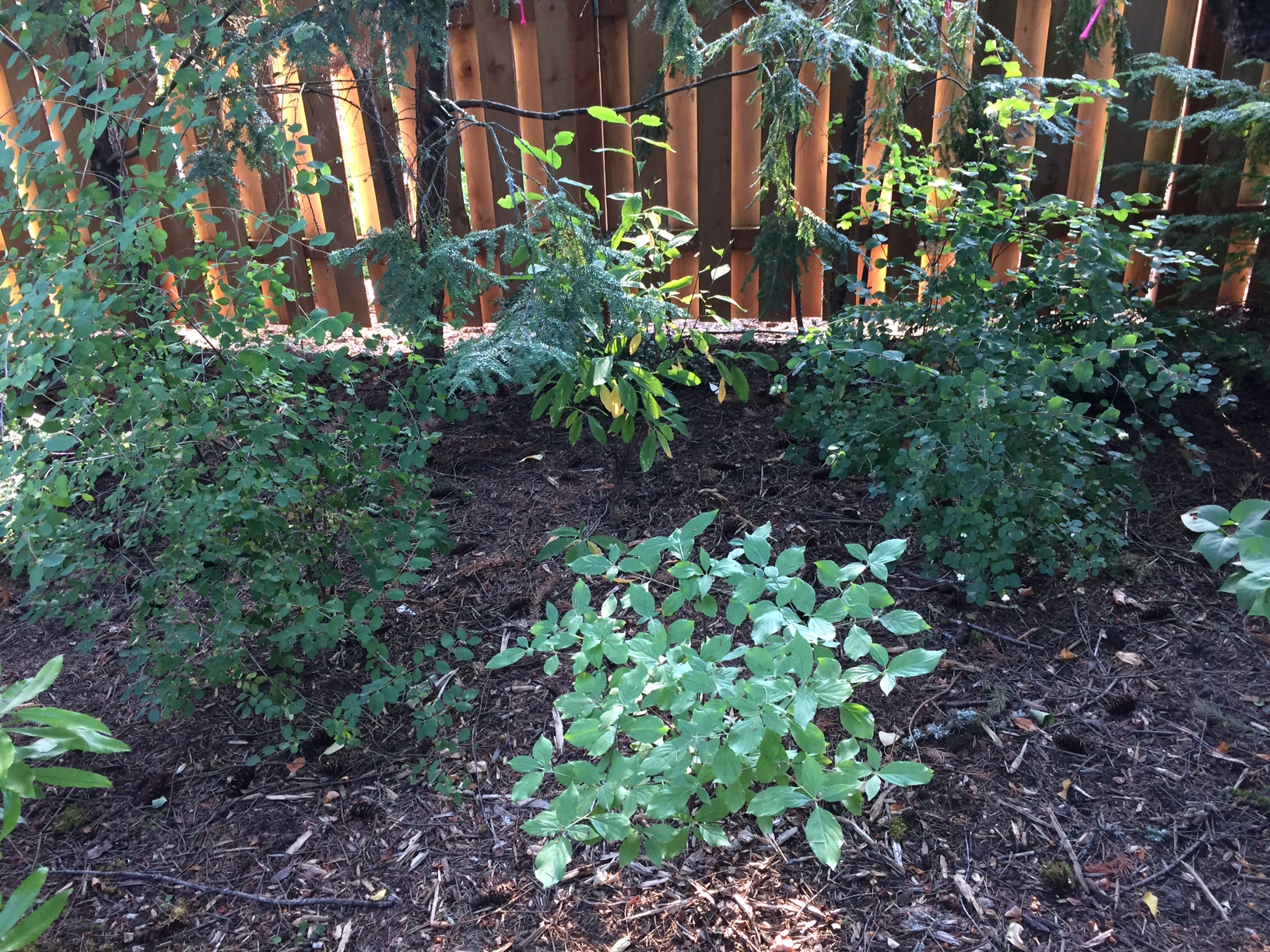
What inspired you to enroll in the Backyard Habitat Certification Program?
When we first moved to this house we had a challenge landscaping because our shady yard limited our plant choices. So when I heard about this program it both offered the chance to learn about plants that would thrive in our yard and also help us learn how to create a welcoming habitat for birds and beneficial insects.
How would you describe your habitat?
When we moved here there were established garden beds that included plantings like rhododendrons, azaleas and boxwood hedges. Since starting the program we have incorporated native plants in existing beds, taken out much of the lawn and nuisance plants, and continue to create new beds each year.
What are your top three favorite native plants and why do you love them?
- Oceanspray has grown into a graceful shrub that adds interest to our mixed hedge along the fence.
- Snowberry also adds interest to the mixed hedge and is generous with new sprouts that can be transplanted to other parts of the yard.
- Cardwell’s penstemon (Oregon native) is a lovely addition to a mixed groundcover bed along the front walkway.
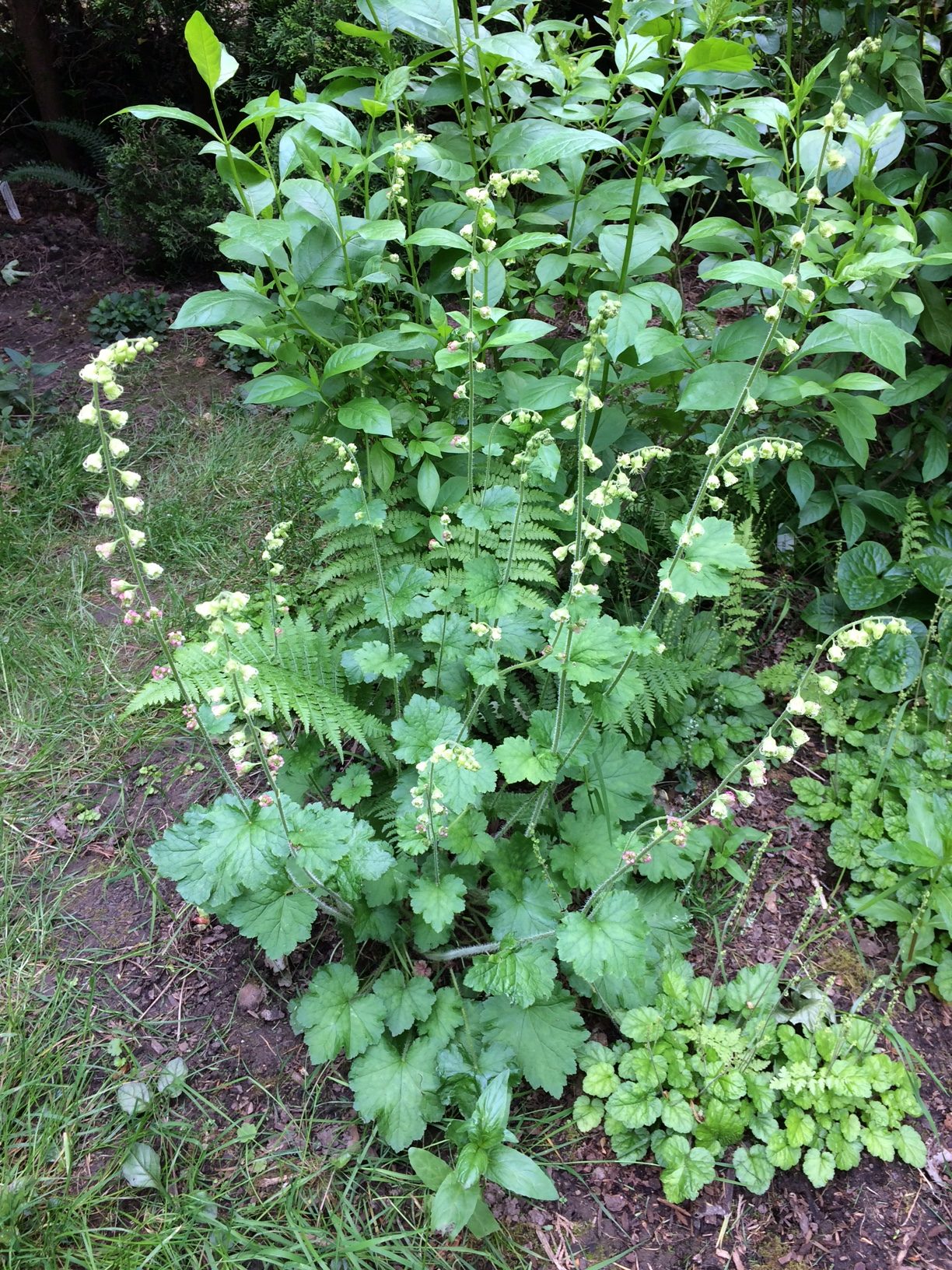
What changes have you observed as a result of creating habitat?
We’ve seen a lot of bees, butterflies and hummingbirds visiting the flowering plants. We assume there are nesting birds close by as we have seen many juveniles throughout the summer. There is also a coopers hawk with a nest in the neighborhood who makes frequent visits to our yard.
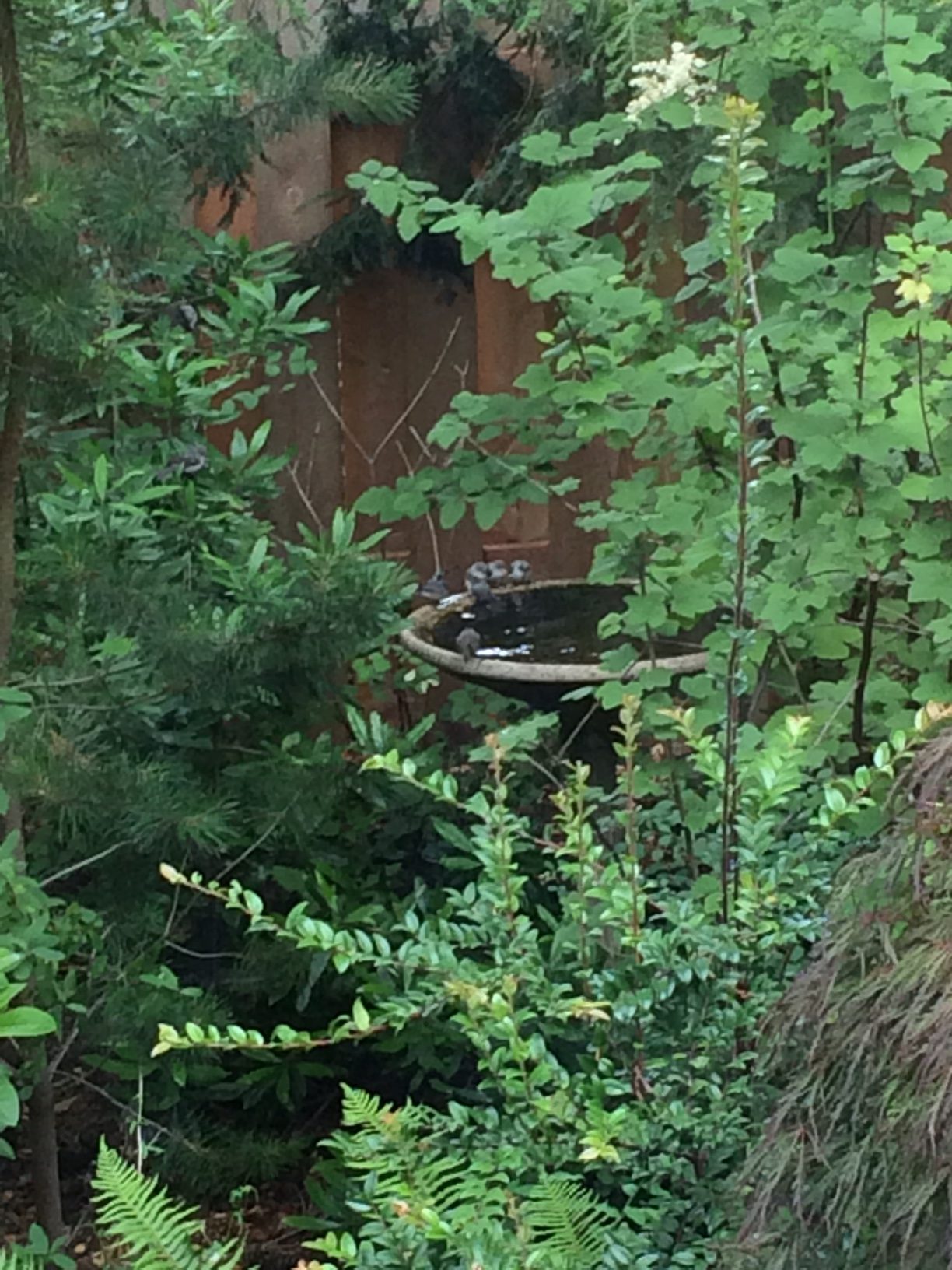
What were the two most significant challenges you encountered while creating habitat, and how did you address them?
Getting rid of english ivy was definitely a challenge and still keeps creeping in. An overgrown (25 ft.) Portugal laurel had to be removed professionally and made room and light for a mixed native habitat.
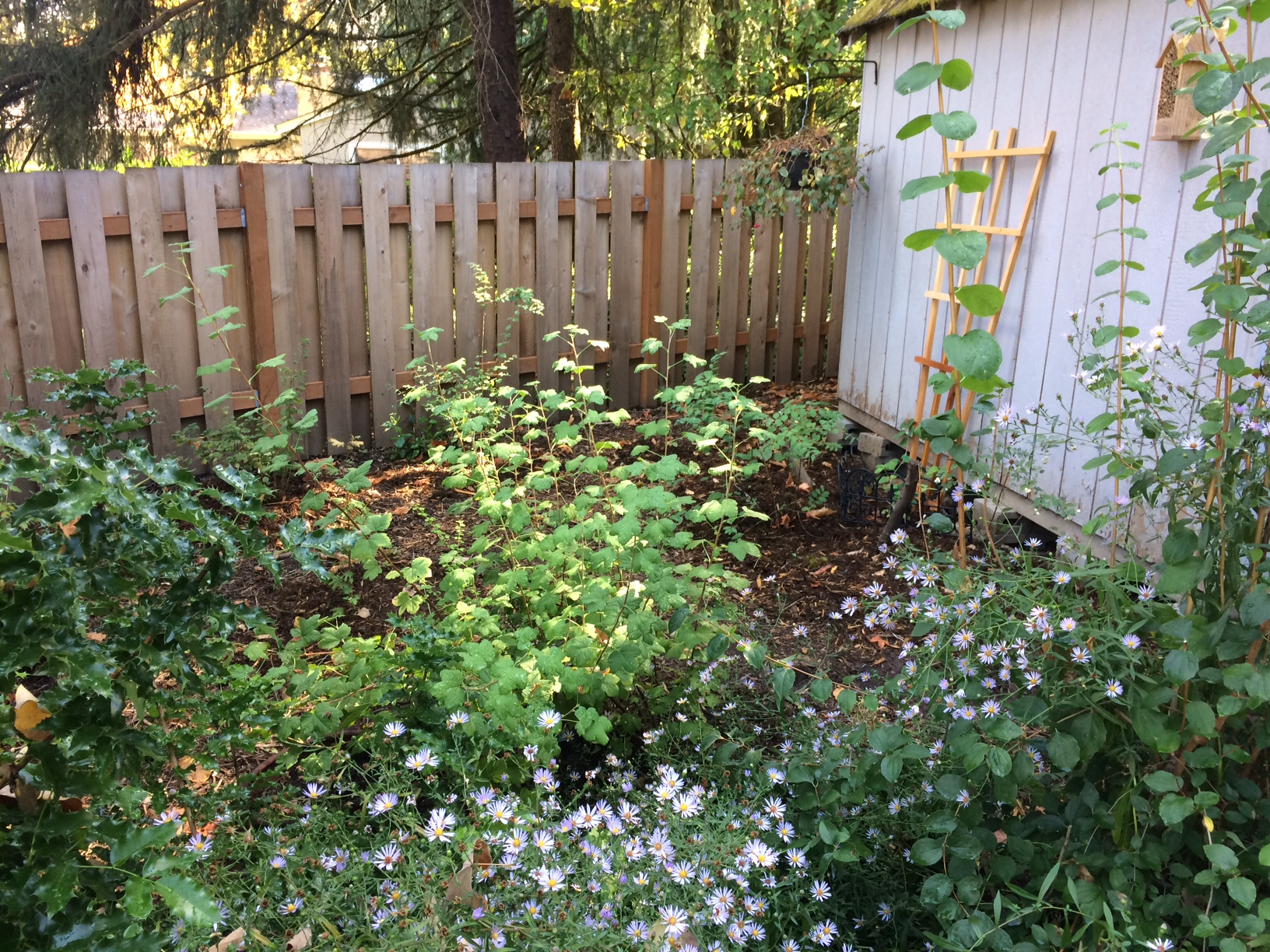
What resources did you find especially helpful?
Real Gardens Grow Natives is my bible as well as Metro’s Native Plants. Garden tours and speaking with others who are in the program is also very helpful. And its always inspiring to see native plants while hiking in the wilderness especially when you can start identifying them.
How do you enjoy your Backyard Habitat throughout the different seasons? What are its highlights in each season?
The first sign of spring is the flowering osoberry and the hummingbirds and bees it attracts. It’s also fun to see what migrating birds happen to stop by. The perennials bloom throughout the summer and many of the native shrubs and trees have beautiful fall colors. And winter is time to divide and transplant and think about new projects for the coming year.
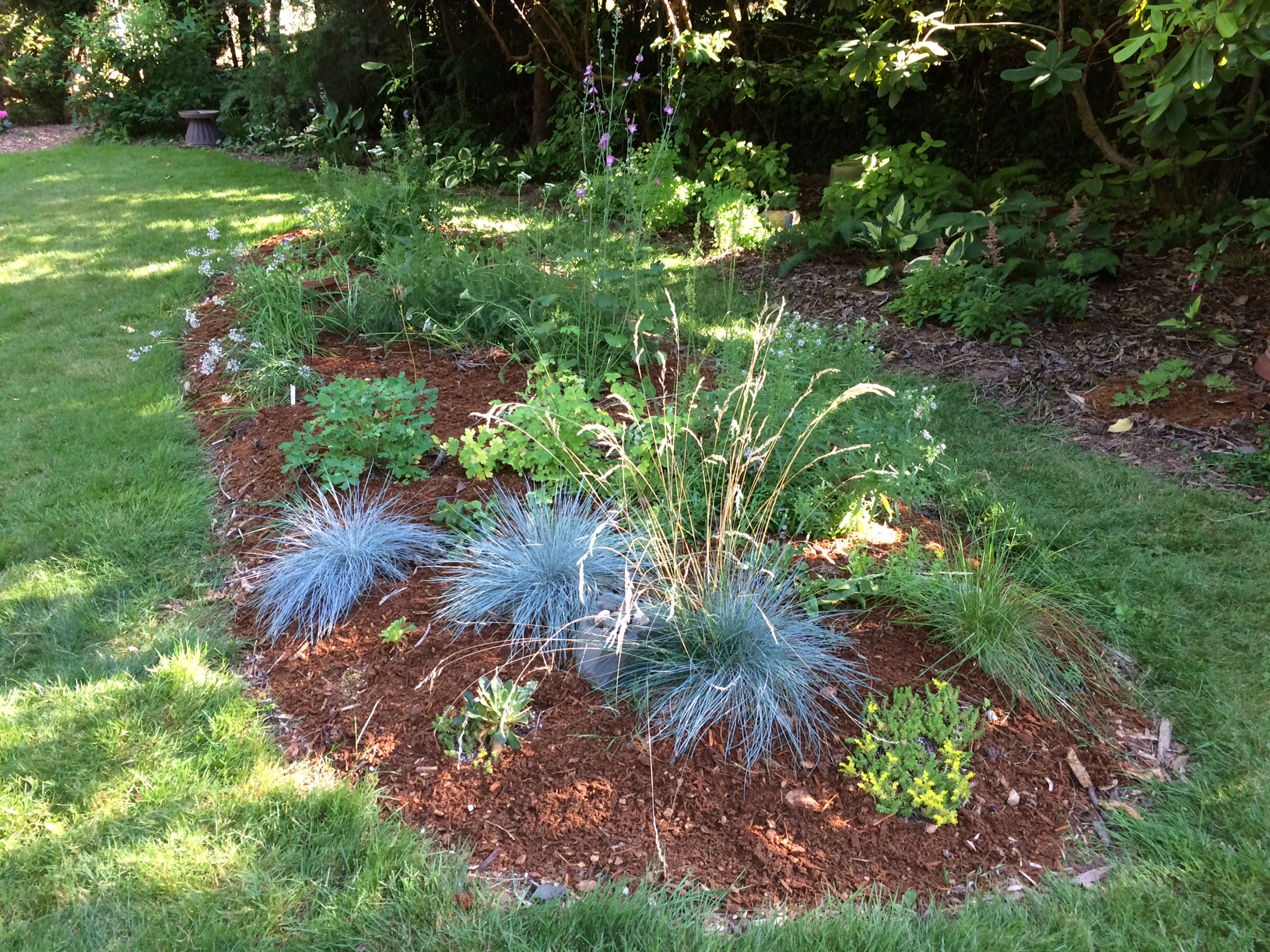
What part of your backyard habitat are you most proud of?
There is an area in the far backyard next to a wooded greenspace that was covered in ivy, blackberry and traveler’s joy. That was totally cleared and replanted with woodland shrubs and ferns and a truckload of bark chips from the city tree trimmers. Whew! And in the front yard, we pulled out a boxwood hedge along the front walkway and created a planting bed with natives. Big improvement!

Is there anything else you’d like to add about your journey?
It’s really been a learning process and each year I learn something new and add something new to the yard.